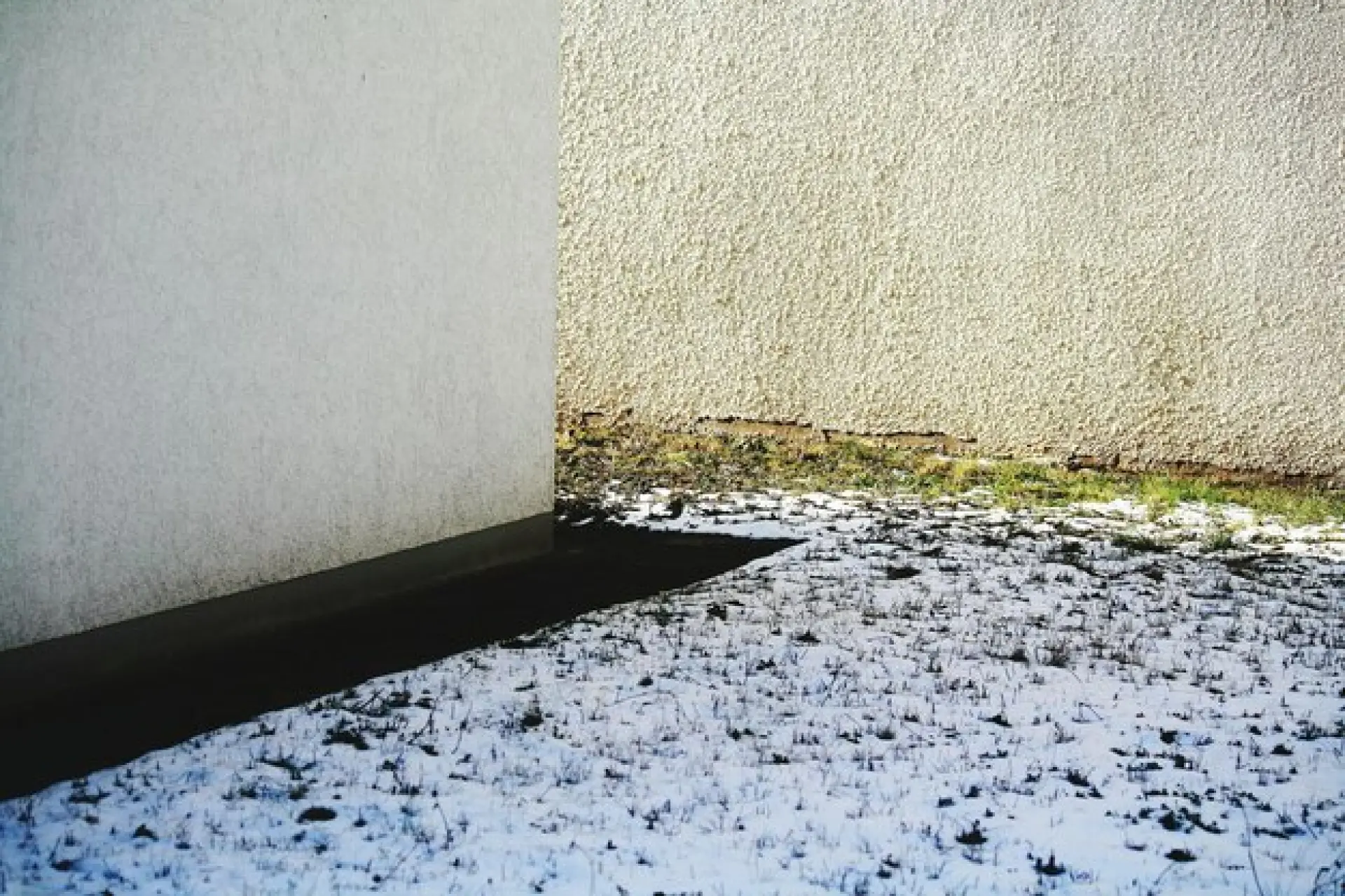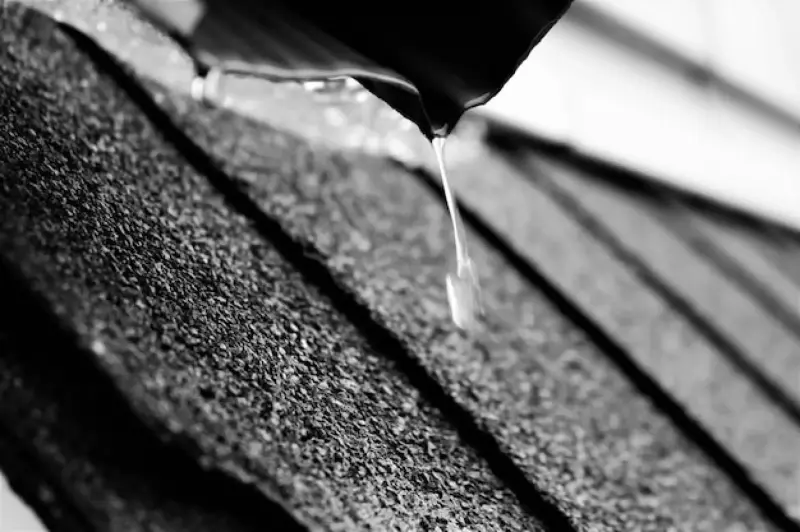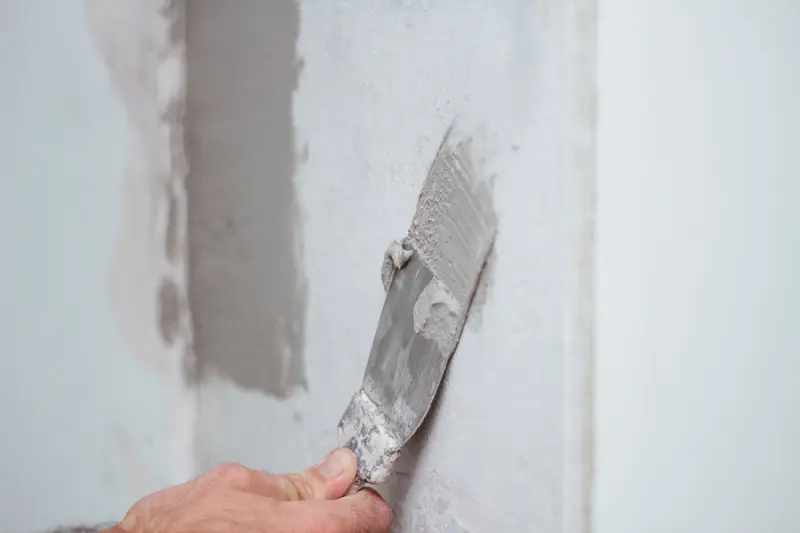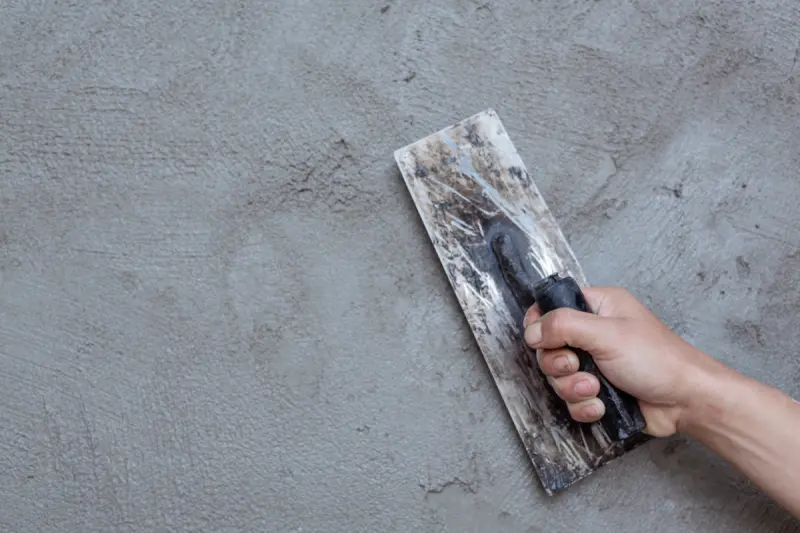Learn to identify and treat rising damp in your home. Don't let damp patches, peeling paint or musty odours ruin your decor. Get professional advice today.
Common Signs of Rising Damp
Rising damp is a common issue in homes, often caused by moisture moving up through the walls. The most noticeable sign is the appearance of a damp patch on walls, usually around the skirting boards or lower sections. You may also notice peeling wallpaper or paint, and musty odours can often be present. In severe cases, there could be salt deposits on the walls, which is known as efflorescence.
The presence of mould or mildew near the base of walls is another indicator that rising damp could be affecting your property. If you notice any of these signs, it's crucial to address the issue promptly to prevent further damage.
How to Confirm Rising Damp
To confirm if you have rising damp, start by checking for damp patches on walls, especially on lower sections close to the ground. A damp meter can help determine moisture levels in the walls. If you’re unsure, consider using a hygrometer, which measures humidity in the air.
Another method is the use of a plastic sheet test. Apply a plastic sheet to the affected wall and seal the edges with tape. If condensation forms underneath the sheet within a day or two, it’s likely you have rising damp. If you’re still uncertain, it's recommended to consult a professional who can conduct a thorough inspection.
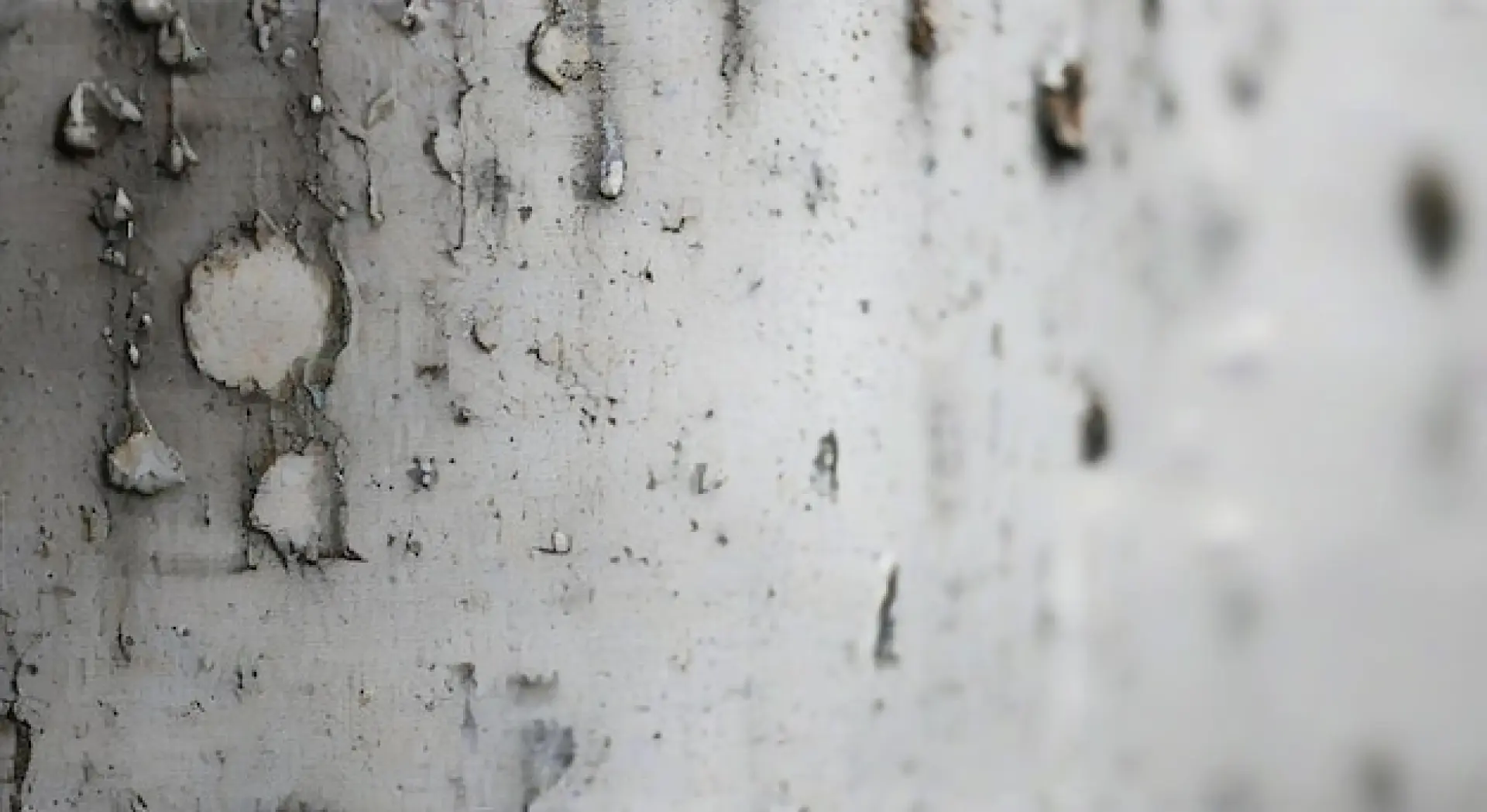
However, it’s important to remember that rising damp often looks very similar to other forms of damp, such as penetrating damp, which can be caused by leaking pipes or roof damage.
To avoid misdiagnosis, it’s essential to check the pattern of moisture spread. Rising damp tends to be more uniform and affects the lower part of the wall.
Other damp types may be caused by external leaks, and their moisture might not spread evenly. In some cases, the issue could be more severe, with rising damp causing structural damage.
If you notice any signs of plaster decay, crumbling mortar, or timber rot, it’s crucial to get professional assistance to avoid further damage.
Effective Rising Damp Treatments
The most effective way to treat rising damp is to install a new damp-proof course (DPC). This involves injecting a chemical DPC into the walls or replacing an old, damaged one. Another option is to apply a waterproof membrane to prevent further moisture movement. In some cases, a combination of treatments may be necessary.
It’s also important to remove any damaged plaster, as it can retain moisture. After the treatment, it’s essential to allow the walls to dry out thoroughly. Regular monitoring of humidity levels in your home can help prevent the issue from returning, ensuring long-term effectiveness.
DIY vs Professional Rising Damp Treatment
While some homeowners may consider tackling rising damp themselves, it's often best to hire a professional. DIY treatments can include using damp-proofing chemicals or applying sealants. However, these methods are less effective and may only provide a temporary solution.
Professionals have the experience and tools needed to accurately diagnose the problem and apply the right treatment, such as installing a new DPC or replacing damaged materials. Professional services often offer warranties, giving you peace of mind. If you’re unsure about the severity of the problem, it’s advisable to consult an expert to avoid making costly mistakes.
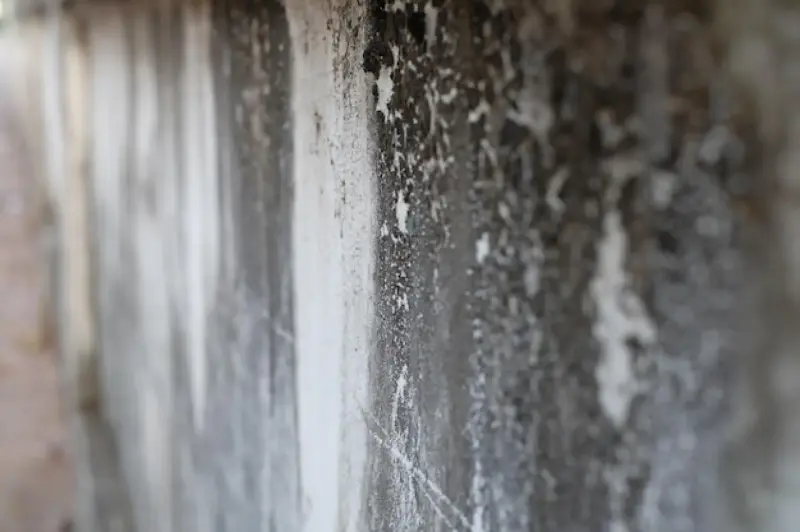
DIY solutions might not address the root cause of rising damp, especially if the damp proof course has failed, or if there are issues like inadequate drainage or ventilation.
Even though products such as damp-proof injections and sealants are widely available, applying these incorrectly can lead to even worse problems down the line. Moreover, without proper training, you could unknowingly make mistakes that require expensive repairs.
A professional, however, can carry out a comprehensive inspection of your home, assessing not only the walls but also the external factors such as drainage systems and the condition of the foundation. They will also have the correct tools to remove affected plaster and carry out repairs without causing further damage.
Preventing Future Rising Damp Issues
b gf Preventing rising damp from recurring requires maintaining a healthy environment around your home. Ensure that gutters and downpipes are clear of debris, as blocked drains can lead to water pooling around the foundation.
Proper drainage around the building is essential for directing water away from the walls. Regularly check for cracks or gaps in walls and seal them to prevent moisture entry. It’s also important to maintain a functional DPC, replacing it when necessary. Inside, controlling indoor humidity with ventilation or a dehumidifier can further reduce the risk of rising damp. Regular maintenance is key to protecting your home.
Above Water Damp Proofing Ltd are trained professionals when it comes to damp treatment. We understand that damp removal and damp-proofing your property can be costly - which is why we provide a range of damp-proofing services at a fair price. Learn more about damp control in Windsor, Slough, Berkshire & Surrey.

